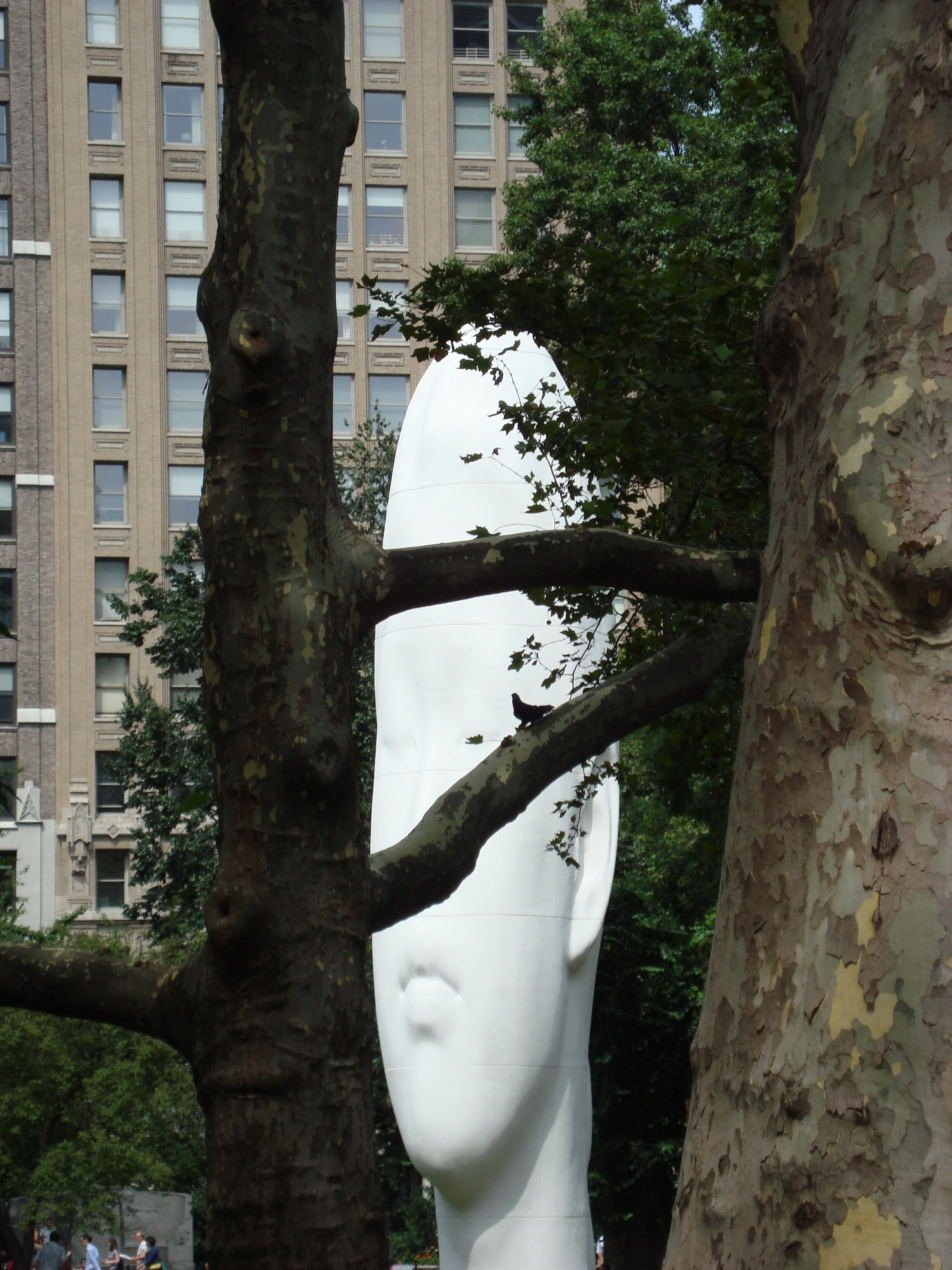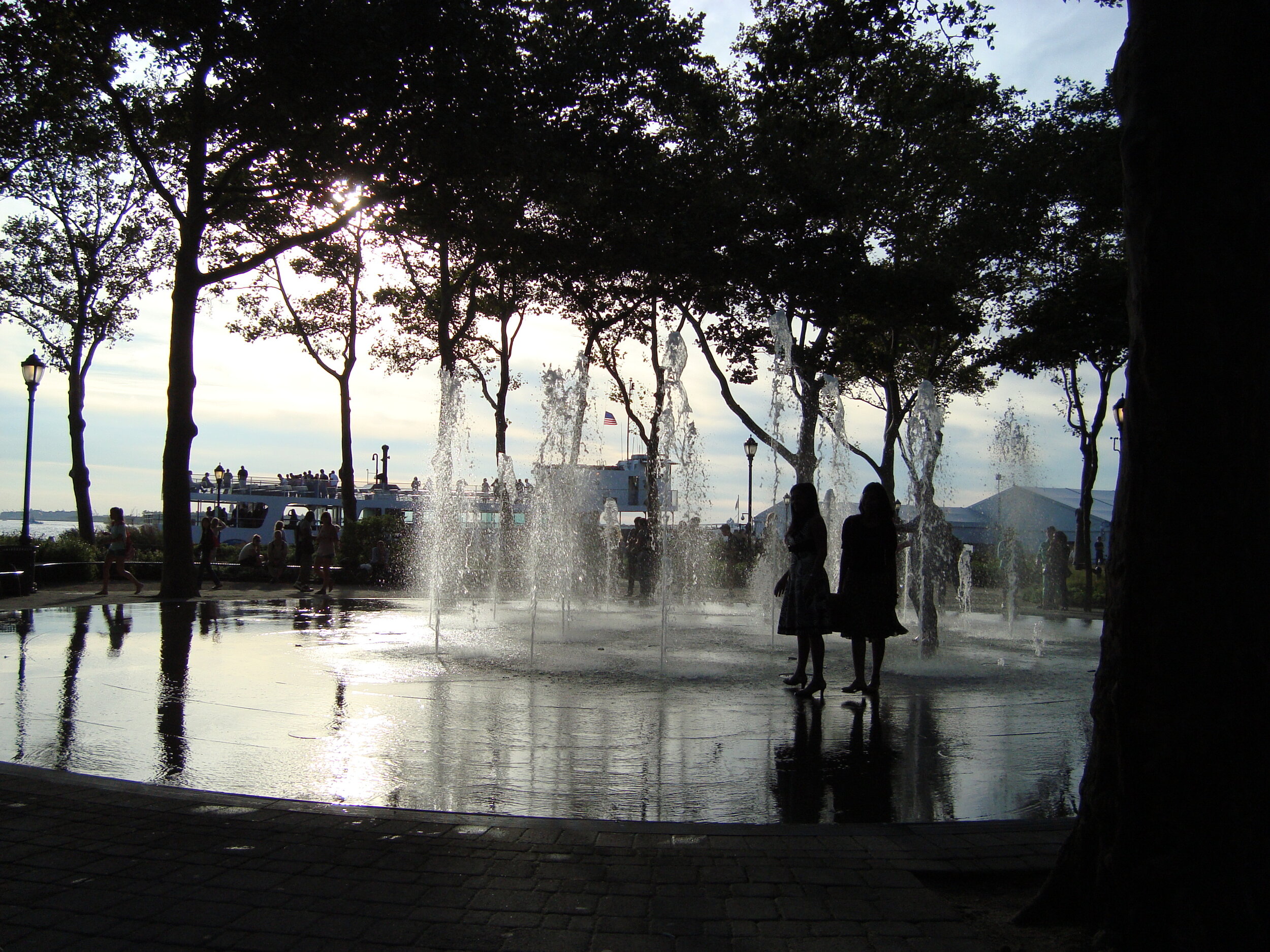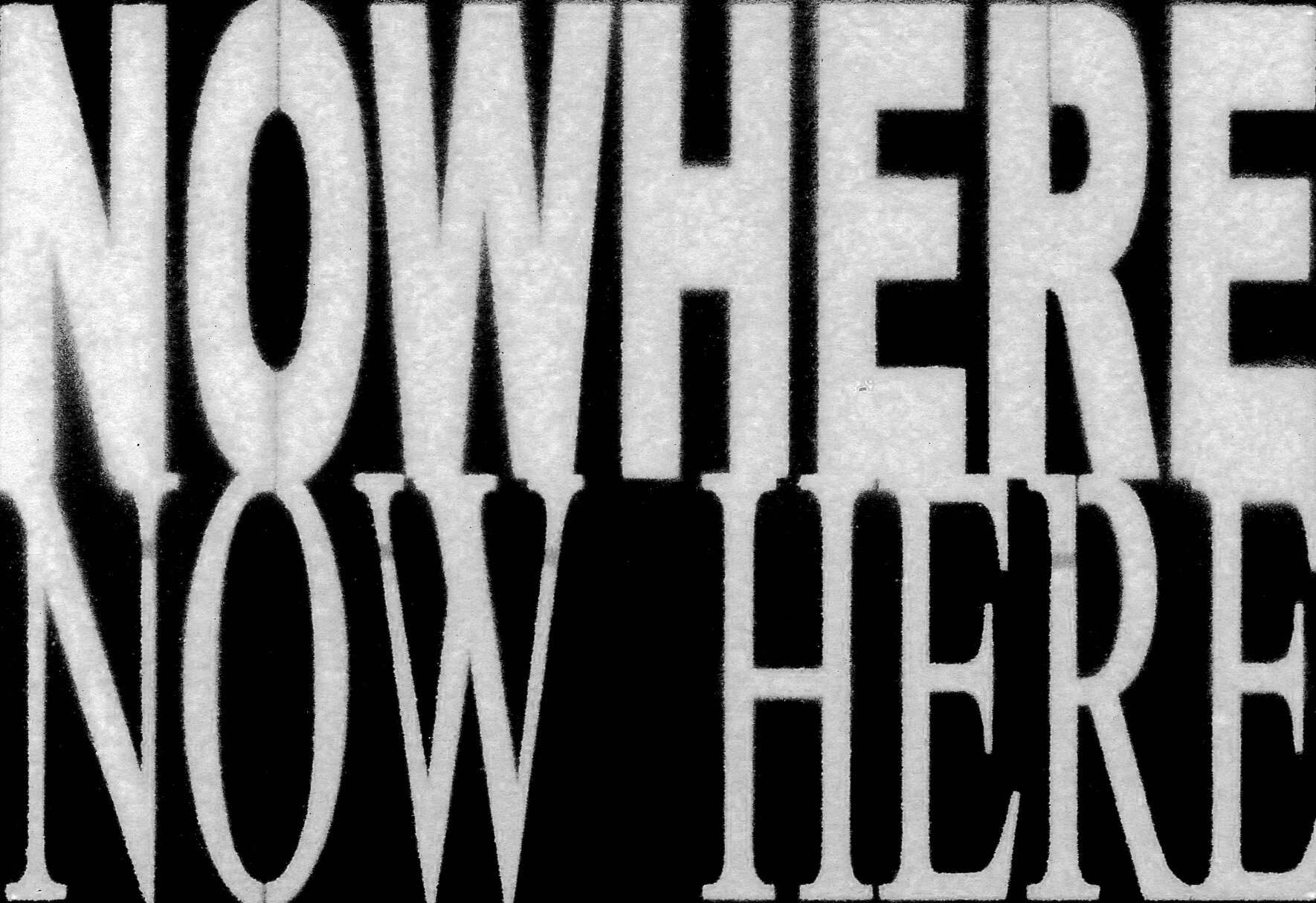Why do I walk?
This is the common question I receive the first time someone hears that I had spent five hours on a Saturday walking. It is a simple question, however I struggle to articulate a concise answer. I hesitate to unpack it for people and share the intersections of meaning that form my walks. Often around the coffee machine I do not elaborate beyond – "I wanted to get out into the city for some exercise and space to think.” This current pause in the context of COVID and the past month spent walking my everyday provides space to unpack my walking and continue to work through aspects of critical theory and spatial practice.
This three part series covers the distinct aspects of my walking practice which give me strength. The first is a walking practice that informs the connection between my mind and body. The second is to establish spaces for engagement and spaces for social equity and justice. Finally, it is a method to ground spatial theory through everyday practice and how I know the world.
Part II
Movement - social justice in the city
Why I walk.
Walking has a long history as a form of political action. Through the act of walking our bodies are situated and move to claim space. The daily marches and recent occupations (#CHAZ/#CHOP) demanding racial justice in Seattle is the context in which Part II of this essay continues. Over the past months I have been able to listen openly to voices and perspectives which are often marginalized and silenced. Voices silenced by systems which are constructed to limit participation, to elevate select voices of a particular body, class, and race over the perspective of others. My experience is that to be able to speak, to be heard, and to listen a space needs to be produced and importantly claimed for dialogs to begin. Walking is a direct action to open and hold public space to form a public dialog. It is a direct placement of bodies within the spatial and social systems of the city to disturb the flow to be able to speak.
My walking practice over the years has been a way to produce spaces for thought and reflection. (Part I) A corollary question during this time has been – How do I make spaces for thought, reflection, and action within a group? It is untenable for me to exclusively walk in isolation and solely for and by myself. The question of why I walk becomes:
How can I walk with and for others?
I do not ask this question with ‘walk’ as a metaphor. This question is quite literal. A question to what actions I need to take with my body, mind, and person to be present – to be able to join others in the production of social and political space. There are two particular aspects of walking that inform how I continue to step forward. First, is the function walking has in producing spaces that are mutually defined and supported. Spaces which acknowledge multiple voices and are not dominated by a singular voice or perspective. Second, is walking in order to produce spaces of accountability to each other. These aspects of my walking practice are founded on the theories of the production of space and critical views of space resulting from dialectic and inter-sectional analysis.
Edward Soja, in Seeking Spatial Justice writes – “Understanding that space - like justice is never simply handed out or given, that both are socially produced, experienced, and contested on constantly shifting social, political, economic, and geographic terrains, means that justice - if it is to be concretely achieved, experienced, and reproduced - must be engaged on spatial as well as social terms.”
Along with other critiques of modernism and modern spatial theory, Soja calls for us to acknowledge the contested nature and processes involved to produce space and society. Space is not neutral, a given, fixed, or to use a classic modernist term, a ‘tabula rasa.’ Space, and for me the city, is a critical environment where the intersection of social formation is navigated and produced. The first step along making this road is to acknowledge that it is impossible for me to walk without support from others. It is impossible for me to walk without affecting others. I am not, as Judith Butler questions, “radically self-sufficient.” To conceive of myself as self-sufficient and without need or affect on others is a very radical position. Walking in ways that rely on the support of others and acknowledge that we need each other is how we are situated and should be considered the existing mode of society. It is not a radical request to to be heard, to be understood, and to be cared for. It is not a radical position to claim and hold space in common and in support of others.
I also look strongly to Henri Lefevbre to provide a foundation for my walks. His ideas outlining the production of space shifted my understanding of space from a neutral container or a site of collected objects to space as “acts of creation [which] are, in fact, a process.” This essay is not intended to be a re-stating of his base theories but it does emerge from a knowledge that space is produced through social production. A journey that consists of spatial practice, representation, and representational spaces. His theories also a direct critical question to people who want to “leave space untouched.” He asks: “Could space be nothing more than the passive locus of social relations, the milieu in which their combination takes on body…?” He answers – No. He instead puts forward – “the operational or instrumental – role of space, as knowledge AND action, is the existing mode of production.” Spatial formation and thus walking is a way to operationalize an idea or knowledge. It requires a navigation which situates yourself in relationship to others. Others can mean their physical presense or the spaces and edifices which have been socially produced. By walking I am able to directly question both the “knowledge AND the action[s]” of a particular social or spatial condition or structure. The act of walking enables me to make myself visible and known in a gathering of others. A well known example of walking to socially produced knowledge and action in the city is the social movement and early gay pride marches. The marches activated and opened spaces in the city for a particular group to transform and make direct claims to social justice in the city, the street, and society. Claims to space in order to see and be seen. Movement to express an individual and social groups existence and right to exist.
Daily and weekly Black Lives Matter marches in Seattle over the past months are working in a similar vein. Voices which are often marginalized and ignored are making claims to space in order to communicate with the larger city, political structures, and individuals. Within the current rapid gentrification and radical displacement of black and brown people out of Seattle there has been relatively little effort by the city at large to acknowledge and comprehend the knowledge and actions of marginalized groups as they attempt to resist the structures of displacement, capital exploitation, and racial discrimination. Some call occupations and claiming streets in protest radical. Walking is a direct statement to society – ask John Lewis, Mahatma Gandhi, and Martin Luther King. If one has been silenced, structurally isolated, repressed, and not even acknowledged, what avenues are open. When a city is socially and physically produced to withdraw support for your well-being then it must be resisted both spatially and socially.
Let's flip the perspective and ask what is really the radical position. Over the past decade the capital and political structures of Seattle have acted to displace the black and brown population of Seattle. Statistics reveal that from 2010 and 2017, the Black population in the Central District has shrunk from about 34.1% of the population to about 18.4%, (U.S. Census Bureau). This rapid and radical transformation of Seattle serves capital accumulation and profit. The status quo of allowing these capital and spatial processes to function without question has completely transformed Central Seattle. Which is the radical act? Displacing a group of people with little support or care from society and space? Or, marching for 45+ days to claim various public roads and spaces in order to speak and be heard? To create friction within the spaces of the city to hold a political conversation and to make visible the questions and conditions that for years have been silenced? Direct action is taken to acknowledge the issue and critically to create the opportunity to change the relative silence in Seattle around displacement, needs, and lives. Move along in silence or hold a space to be heard? Silence and rapid displacement is the radical position to be resisted. Walking as direct action is what should be considered the existing mode of production. A march creates needed friction within the spatial and social systems. Walking becomes one instrument to make a role for space, as both knowledge AND action, to shape urban systems and change the social and spatial systems toward social justice in the city.
Acknowledge Others
Meaningful and reflective work to situate myself in a space with others is required for me to be fully present in a group and the city. This work is a way for me to resist stasis, fixed conditions, and objects and focus attention on the processes and appropriation underway. My commitment to be in a space with others is inspired by a set of questions and prompts articulated in a series of passages from Unlearning Walking (2014) developed by the Unlearning Walking Club in Vancouver BC.
These questions and prompts are set in dialog with images from my walking practice.
Unlearning Walks
Accountable to Others
An accounting takes place as I walk. To arrive into a space physically, emotionally, and socially is more than just an acknowledgment but also an act of holding myself accountable. Walking with others works to remove a notion that we can achieve full transparency. That it is possible to make everything completely free of friction and that all ground and systems can be level or even. When I commit to being in a space together, no matter how contested, I have come to realize that to seek a friction-less, transparent and even space is a false goal. To seek this abstract ideal is to ask for me and others to be negated, unseen, or rendered smooth and featureless. Both Neil Smith (geography) and Ralph Emerson (literature) critically question the conditions of uneven development and visibility in the city. They examine the questions that confront a search for “absolute abstraction both from the social context and the events and objects under scrutiny.” This examination circles me around to confront the false promise of an abstract utopia as perfect space. When in fact to seek a utopia is to seek the promise of a Thomas More utopia – no where. For me to walk is not to seek out an ideal utopian social approach or existence but a commitment be accountable to the people and spaces created to connect and bridge the space in between me and others. To not expect a smooth ideal space but to expect to be held accountable to others within complex and nuanced social formation as I move with others from being nowhere to become now here. When we arrive together we both have to work to protect the ground created between and connecting us together.
A stencil designed while at Parsons is a small addition to the works of various artists that explore the dynamic shift in space and meaning to create a space that transforms nowhere to now here. This work is an act of diction and within language but the same act occurs as we place our bodies with others in a space. By making a space it is possible to change the meaning of a place. How bodies are situated and a space arrived into is a critical first step to create the opening that can move us from nowhere to now here. This opening is often a space for social justice.
What is possible when spaces in between are opened? My walking is often a literal answer to the question of where I stand on an issue or within a system. My role as an architect and a professor repeatedly ask the question of where I stand within structures of power, social systems, capital, patriarchy, policy, and the city. Both of these professions situate me structurally within the design of the city and society. One response to this question was formulated in collaboration with NYC organizers starting in 2011. I worked with organizers in The Free University of New York, Occupy University, and various student body organizations to occupy public spaces around the city as a stand against systemic policies which enclose education and reinforced historic repression, racism, and patriarchy through select knowledge production. The space needed for this work was not able to be produced or accessed within the university. To open up a space for learning and unlearning accountable to both the teacher and the student we moved our bodies out of the university system to occupy and hold public spaces that elevated voices and ideas often marginalized, rendered invisible, or held enclosed within the University. These spaces for organizing and connection also activated spaces which had long lost their former roles in political and social formation. New York City parks had become no place for education, politics, and ideas to be debated and formulated. Parks had transformed into commercialized passive recreation spaces rendered neutral within the larger political discourse and social formation of the city. Selected spaces were opened up on occasion to produce an education space that was accessible and accountable to each other.
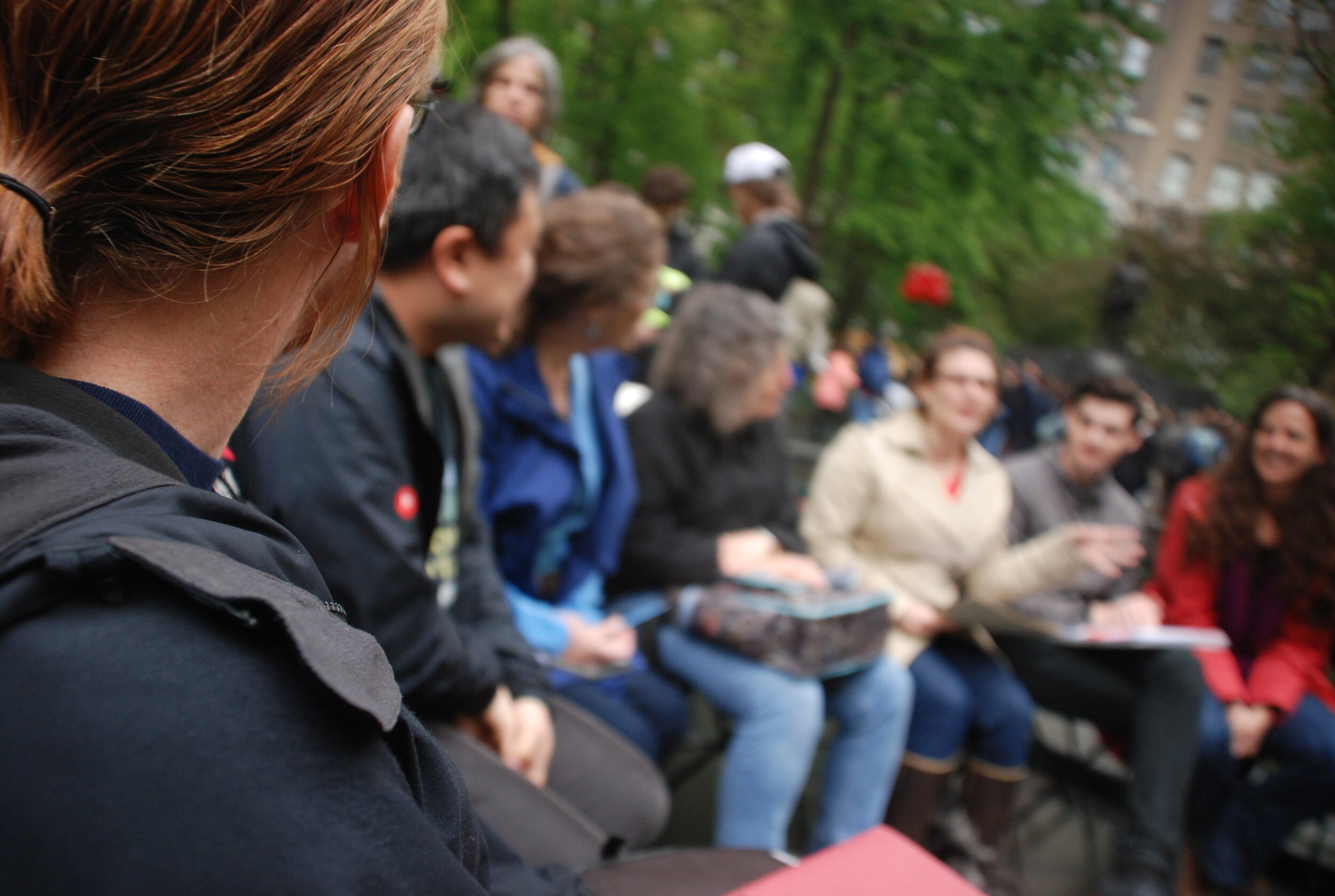
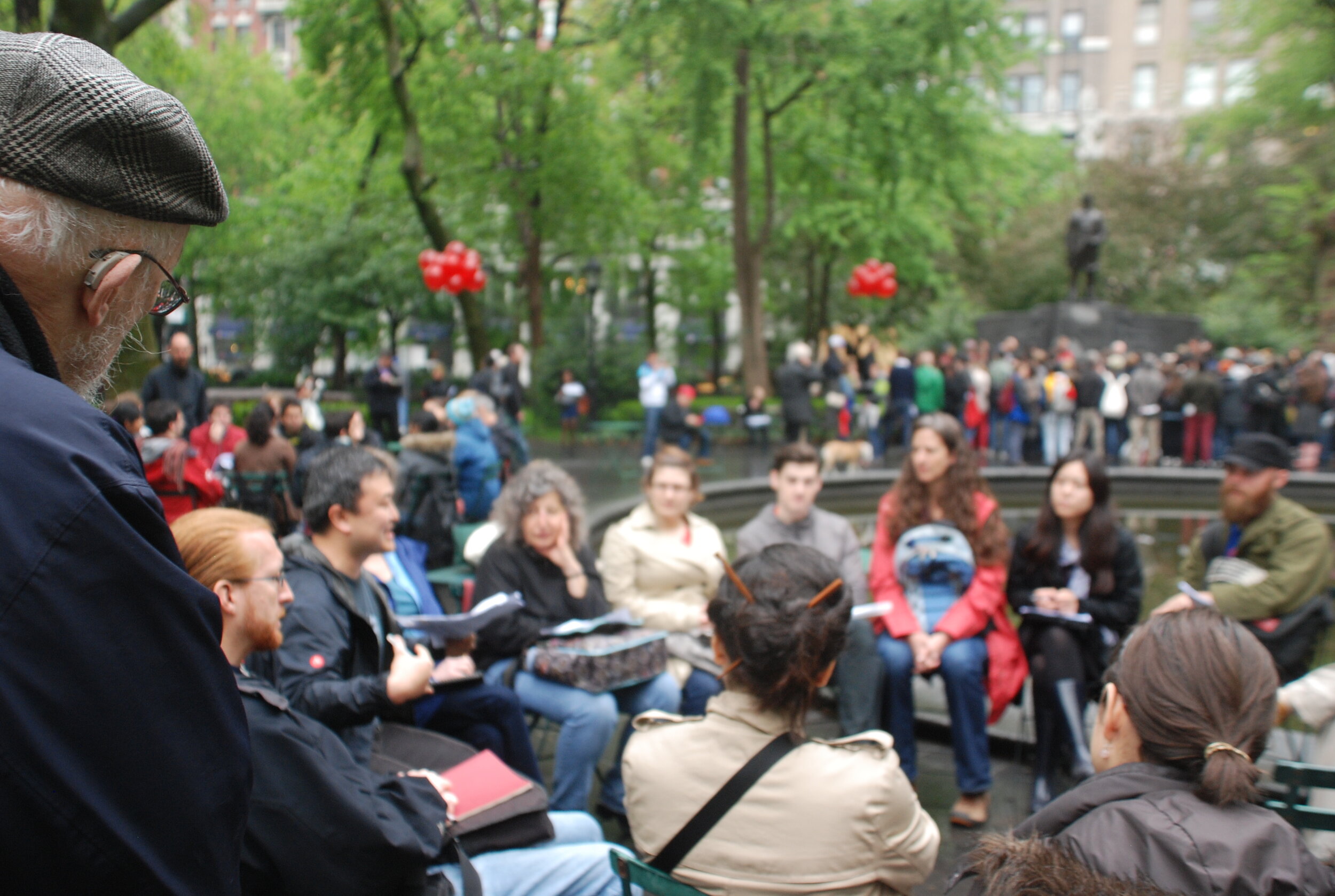
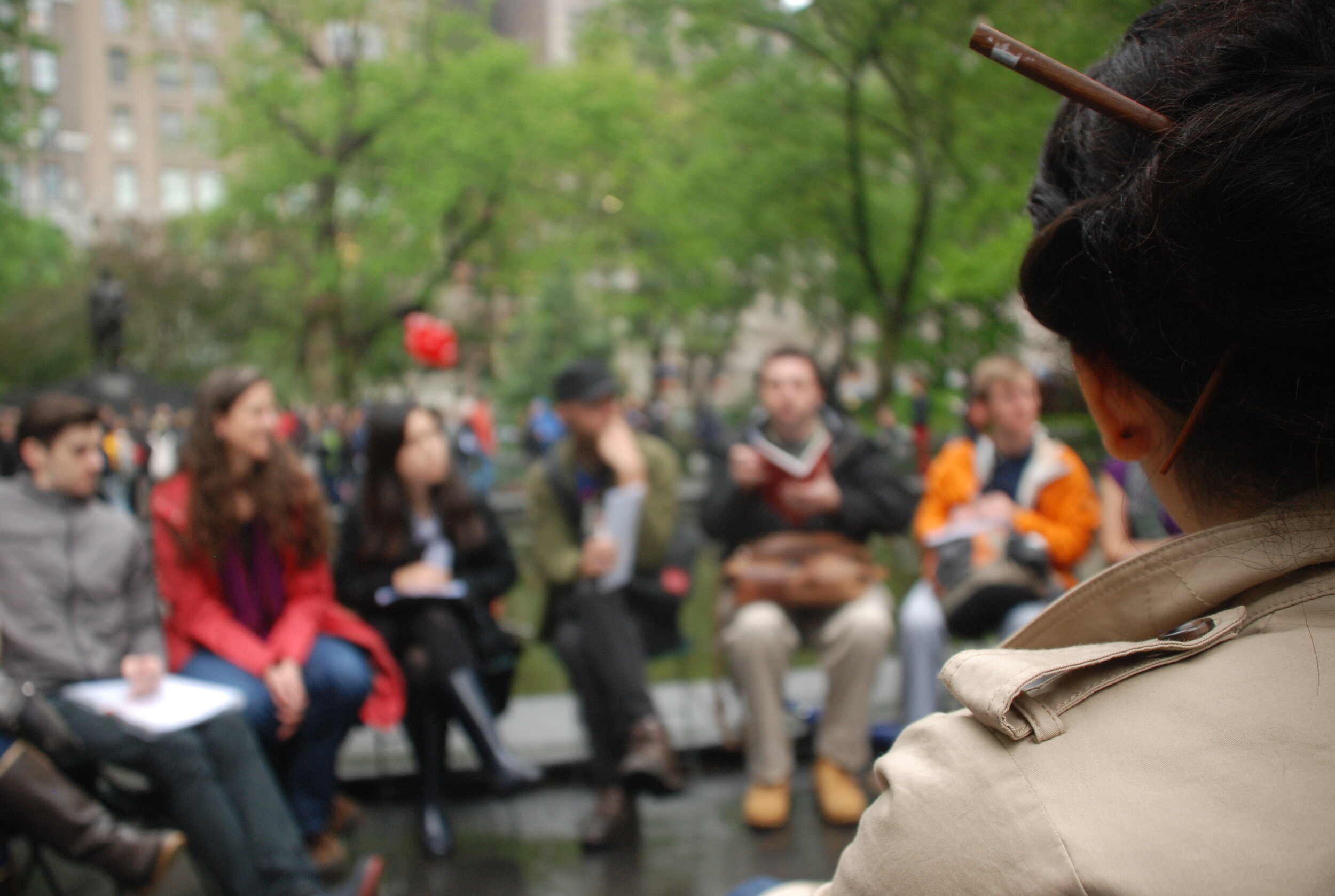
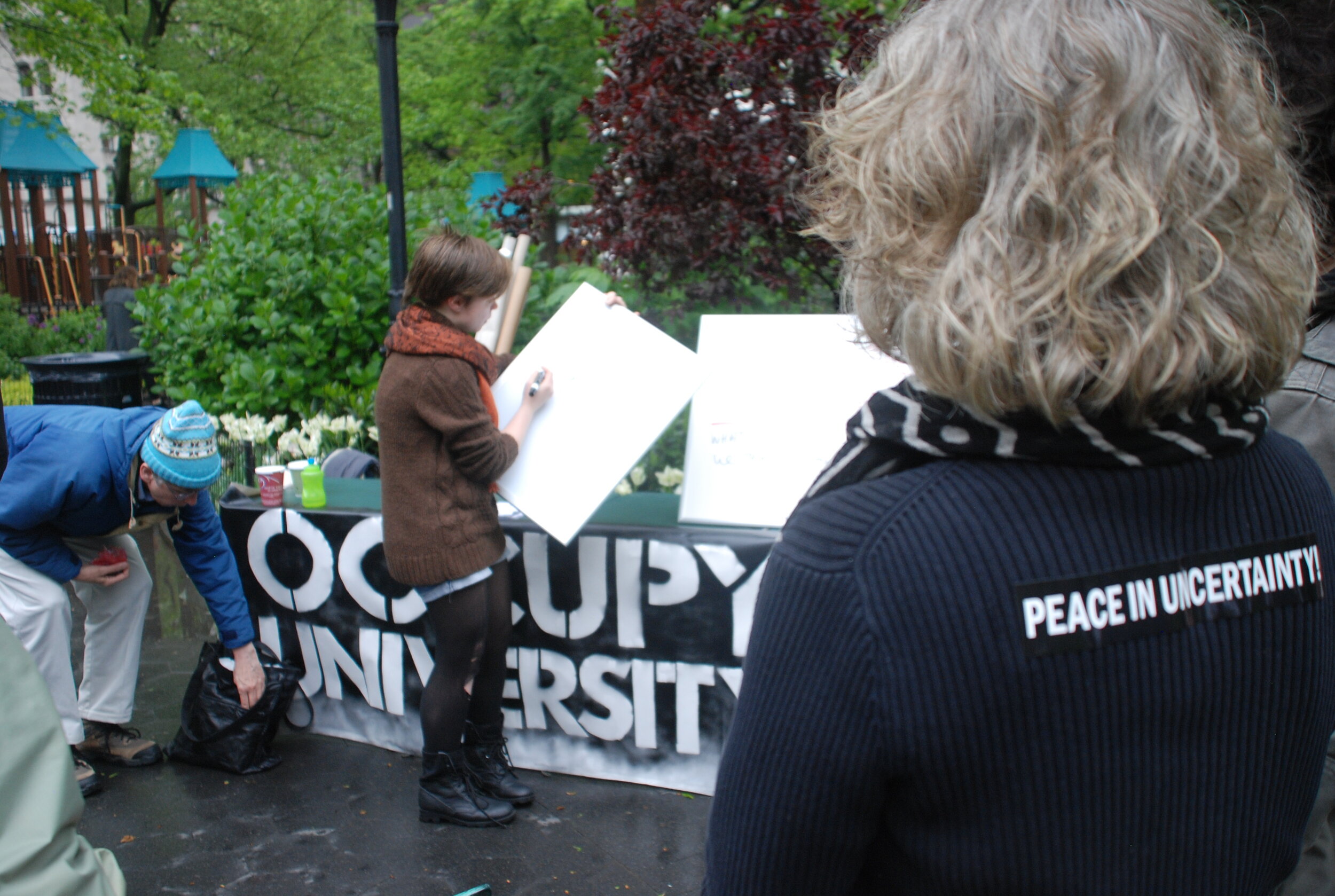
Today, in Seattle, my walking is a small part of larger work with others to open up an active and direct conversation on what it means to acknowledge that Black Lives Matter. To open up an active and direct conversation on how to further change my actions and that of the city to be accountable to Black Lives. The tactics to claim space are claims to the city. They are claims to a just city. They are not the sole tactic necessary but needed direct action to produce the spaces and society that acknowledge and are accountable to each other.
I walk for justice.
(to be continued)
Further Reading
Invisible Man, Ralph Ellison (1947)
Out of the Ruins: The Emergence of Radical Informal Learning Spaces, Ed. Robert Hayworth & John Elmore (2017)
On the Brink, Jeff Shulman & Steven Fong (2019)
The Production of Space, Henri Lefebvre (1974)
The Right to the City: Social Justice and the Fight for Public Space, Don Mitchell (2003)
Seeking Spatial Justice, Edward Soja (2010)
Social Justice and the City, David Harvey (1973)
Uneven Development, Neil Smith (1984)
Unlearning Walks, Catherine Grau & Zoe Kreye (2014)
Walking with the Wind: A Memoir of the Movement, John Lewis (1998)


